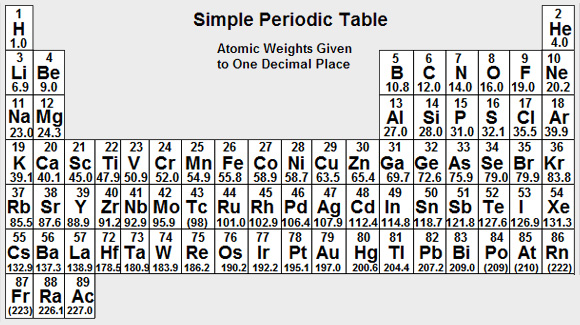For the next question, click on the Next Question button.
Question 1 of 3
A powder contains a total of 5.6 moles of components. If the mole fraction of Sucrose is 0.652, how many moles of Sucrose are there to 4 decimal places?
moles
Moles of A = Mole Fraction of A x Total Number of Moles
Moles of Sucrose = 0.652 x 5.6 moles
Moles of Sucrose = 3.65120 = 3.6512 moles to 4 dec pl
No, that is not the correct answer.
Have another go: just type in your new answer and press Enter.
If you continue to have problems, have a look at the answer.
For the next question, click on the Next Question button.
Question 2 of 3
A solution is made from Potassium Chloride and water only. If the mole fraction of Potassium Chloride is 0.006 and there are 22 moles of water present, how many moles of Potassium Chloride are there to 3 decimal places?
Moles of A = Mole Fraction of A x Total Number of Moles
Moles of KCl = Mole Fraction of KCl x (Moles of KCl + Moles of Water)
Moles of KCl = 0.006 x (Moles of KCl + 22)
Moles of KCl = 0.006 (Moles of KCl) + 0.132
Moles of KCl (1 - 0.006) = 0.132
Moles of KCl = 0.132
0.994
Moles of KCl = 0.1327 = 0.133 moles to 3 dec pl
No, that is not the correct answer.
Have another go: just type in your new answer and press Enter.
If you continue to have problems, have a look at the answer.
For the next question, click on the Next Question button.
Question 3 of 3
A solution contains a total of 17 moles of components. If the mole fraction of Succinic Acid is 0.175, how many moles of Succinic Acid are there to 3 decimal places?
Moles of A = Mole Fraction of A x Total Number of Moles
Moles of Succinic Acid = 0.175 x 17 moles
Moles of Succinic Acid = 2.9750 = 2.975 moles to 3 dec pl
No, that is not the correct answer.
Have another go: just type in your new answer and press Enter.
If you continue to have problems, have a look at the answer.
